What could be more fun than a winter holiday celebration? How about a celebration of nine winter holidays all together! Of course each winter holiday has it’s own unique customs – traditions that grew out of years and years of celebrating events that are important in each culture. But in the classroom it all comes together as one big season of fun celebrations. Luckily, there are a number of big similarities among many of the winter holidays that make it possible.
Maybe you aren’t celebrating nine winter holidays, but any number is good. The more the merrier!
Strange as it may sound at first, a really fun, all-inclusive winter holiday celebration might start by looking at each individual holiday – how it is celebrated and the traditions it represents. Kids might begin by learning more about one new holiday and sharing what they learned with the class. Once they know a little more about each holiday’s traditions, it will be easy to look for similarities. Maybe both the similarities and some of the differences will find their way into your class’s celebration.
Before the kids set out individually to find out more about one specific holiday, you might want to give them a little background, maybe a brief whole-class overview of the holidays that everyone will be looking up. A list of specific things to look for can be helpful, too. Here is a basic rundown on nine big winter holidays:
Christmas
Christmas began as a Christian celebration of the birth of Jesus, and it has grown into a huge celebration for families and friends with Christmas trees, other seasonal decorations, gifts, Christmas carols, church services, a big meal, and other treats to eat. Children hang a Christmas stocking on Christmas Eve and wait for the arrival of Santa Claus who fills their stockings and brings them toys while they sleep.
Hanukkah
Hanukkah, known as the Festival of Lights, celebrates the victory of the Jewish people over King Antiochus who persecuted them for practicing their religion. It recalls the traditional story of an oil lamp that miraculously burned for eight days. Hanukkah is celebrated for eight days with small gifts for the children each day, lighting of candles on a menorah, prayers, games, and songs.
Kwanzaa
Kwanzaa is a modern holiday established to celebrate African-American heritage. It includes the lighting of candles in a kinara with each candle representing an important value in African-American life – unity, self-determination, collective works and responsibility, common economics, purpose, creativity, and faith. The colors of Kwanzaa are red, black, and green. The seven-day celebration ends with a feast and gift-giving.
Ramadan
Ramadan is a Muslim holiday that begins with a month of fasting during the hours between sunrise and sunset. One meal is eaten before the sun rises in the morning and a second meal after sunset. During the month people read the Qur’an and attend special religious services. Ramadan ends in a three-day holiday celebration with prayers and special meals with friends and family.
Diwali
Diwali,also known as a Festival of Lights, is a five-day Hindu festival that is celebrated in India and other places. During Diwali, people decorate their homes and shops with small, glowing lamps, garlands, and other decorations. Feasts, gifts, and fireworks are all part of the celebration.
Winter Solstice
Winter Solstice is celebrated in the Northern Hemisphere on the shortest day of the year. It marks the return of the sun as days begin to get longer again after the short days of winter. Winter Solstice celebrations include bonfires and candles to welcome back the sun.
Three Kings Day (Epiphany)
Three Kings Day, or Epiphany, is celebrated in a number of countries at the end of the Twelve Days of Christmas, on the day when the three Wise Men, known as the Magi, brought baby Jesus gifts. Traditionally, a coin or another small object in hidden inside of a cake for one lucky person to find.
Chinese New Year
Chinese New Year, based on the ancient Chinese Calendar, began as a spring festival. It is celebrated with parades, festivals, and firecrackers. The colors for Chinese New Years are red and gold. People decorate their houses with paper lanterns and prepare a feast with noodles and other traditional dishes. Children receive red envelopes full of money as gifts.
New Years Day
New Years Day welcomes in the new year and is celebrated with parties, parades, and fireworks. In the southern United States, people eat a traditional New Year’s meal that includes black-eyed peas to bring good luck for the new year.
Here is a list of six areas that kids can look for as they research their holiday:
As kids present their findings, notice and discuss elements that the various celebrations have in common. There are a number of common elements that appear in one form or another in many winter holiday celebrations, as some kids will be surprised to find out! Below is a chart of some of them, and you can download both charts here if you would like a copy. Winter Holidays Charts
Having several different winter holidays represented in one classroom can seem like a lot to take into consideration during the holiday season, but it also means lots more holiday ideas to pull from. If you’re lucky, you’ll have so many options, that it’s just a matter of choosing which fun ones you’d like to use in this year’s classroom celebration – red paper lanterns, Christmas carols, dreidl games, a King’s Cake . . ? After all, the more the merrier!
Related Resources
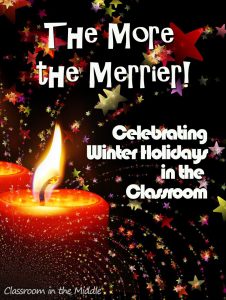

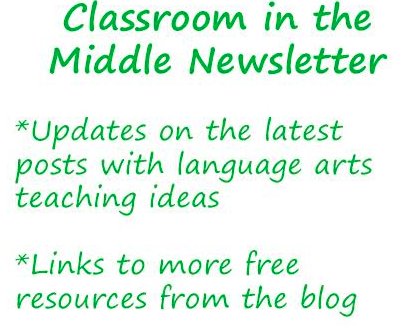



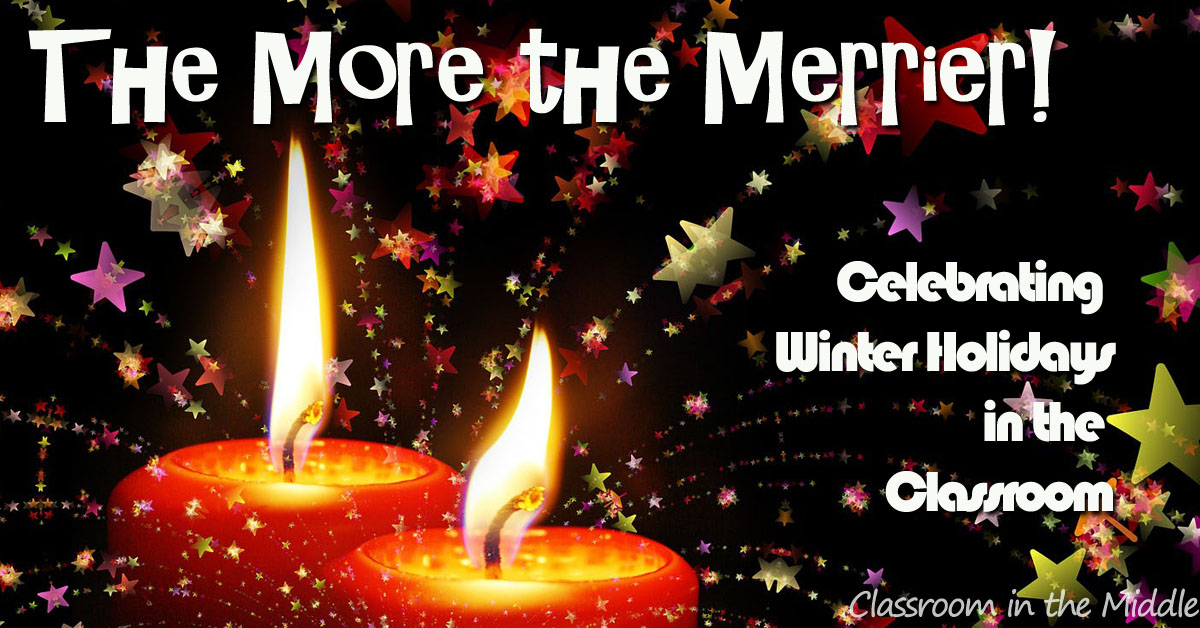

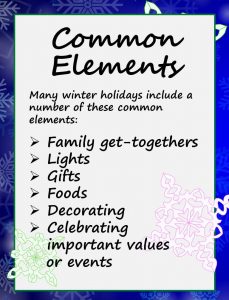
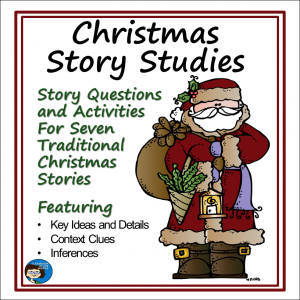






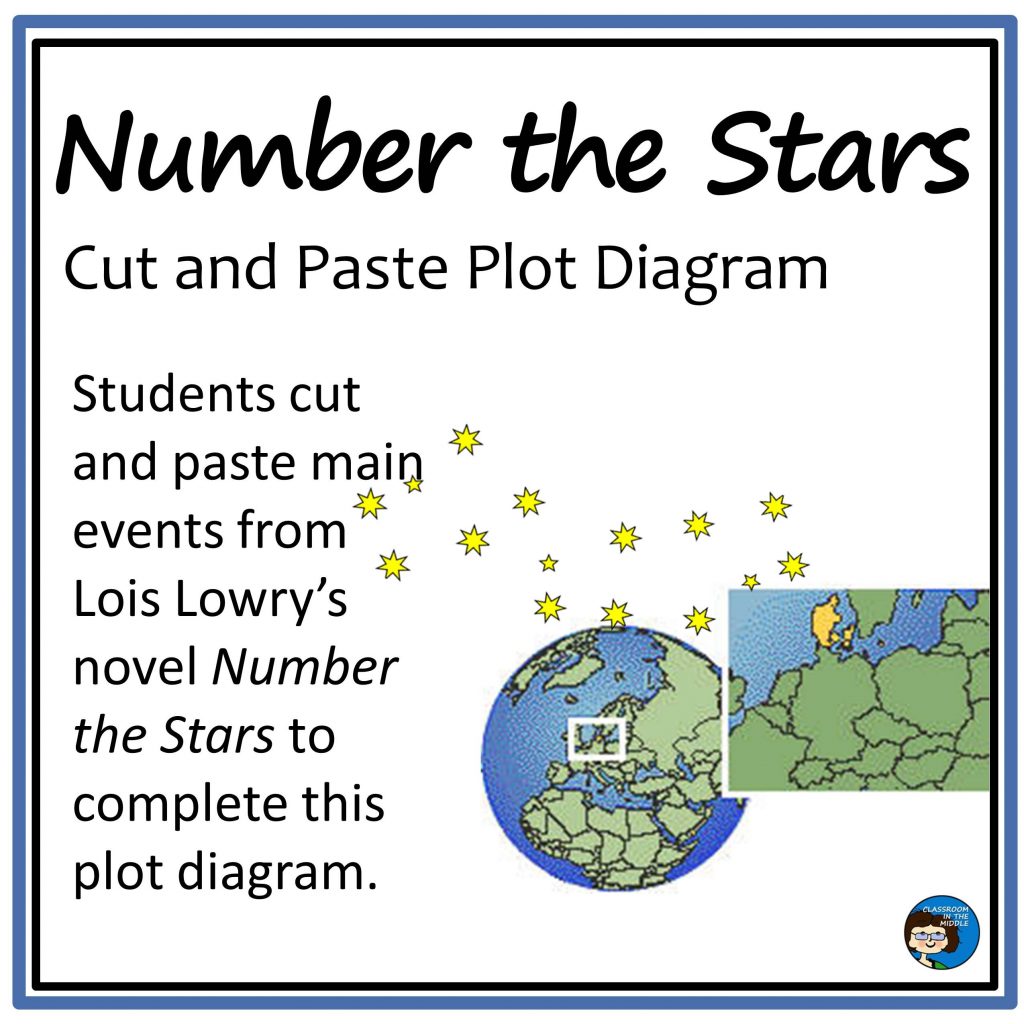
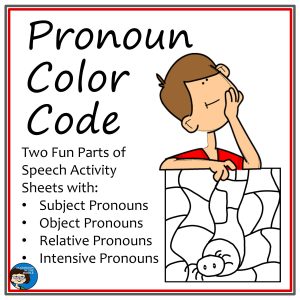

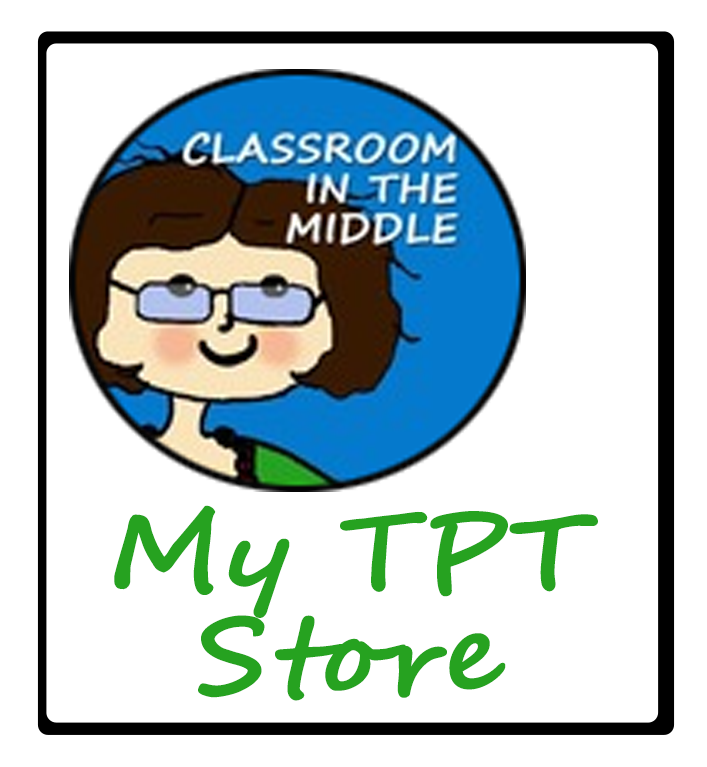
what great ideas! Thank you for sharing!
There are so many different celebrations this time of year, and I love all the information in this post to help me remember them all. I love sharing different holidays and cultures with our class, so this will be a helpful guide for the coming months! Thank you!
Great ideas for sharing Winter Holidays with your classroom. I especially like the idea of letting the students share what they learned with the class and then pointing out what they have in common!
This is an incredibly helpful basic guide to each of these important celebrations. Thank you so much for taking the time to outline each of them here! Perfect for pinning!
Thank you for all the nice comments! I’m glad the post proved helpful.